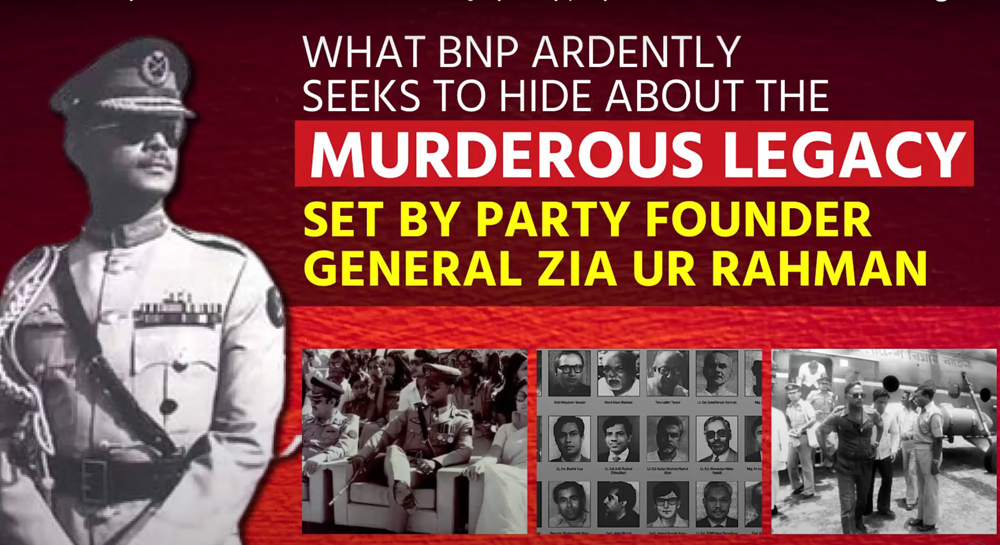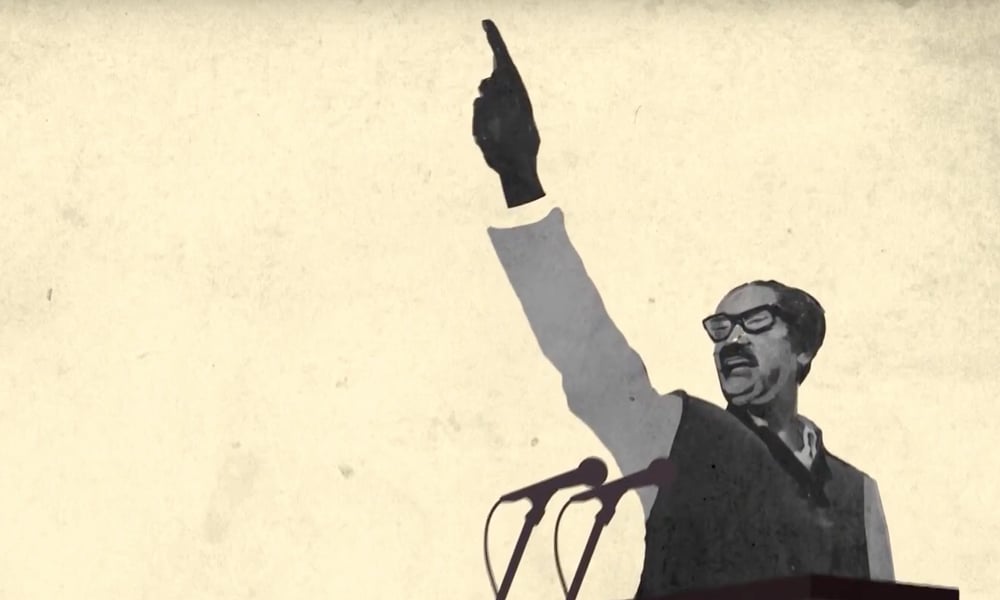4469
Published on June 14, 2021The national history of Bangladesh revolves around the name of Bangabandhu. He, who was born in a remote village, named Tungipara in Gopalganj and had become a legend to the world. He is known as the liberator of Bangladesh and has become the Father of the Nation. His communication strategy made the journey easier. He had kept regular communication with journalists and the newspapers.
In 1942, he started his journey with student politics at Kolkata. He was influenced by the political ideology of the legend Huseyn Shaheed Suhrawardy. As a young leader, he was admired and accepted by all. From that time, he had made his haunt at newspaper offices and spent a long time with his journalist friends of The Daily Azad.
Young Mujib was assimilated with the politics of the Muslim League at Kolkata. He had to go to the newspaper office for a press release. He realized that The Daily Azad was supporting the reactive group of the Muslim League. So, in 1946, he published a newspaper named The Daily Ittehad with the help of Huseyn Shaheed Suhrawardy. His untiring effort and advice made The Daily Ittehad unique and attractive from other newspapers of that time. After 1947, the newspaper was published from Kolkata and Mujib worked at the Dhaka office as Circulation Manager. As the newspaper was Kolkata-based, it was banned in East Pakistan at the time of Khawaja Nazimuddin. After the formation of the Awami Muslim League in 1949, the Ittefaq was published weekly. Maulana Abdul Hamid Khan Bhashani was Editor, Yar Mohammad Khan was Publisher, Tofazzal Hossain (Makin Mia) was director and Huseyn Shaheed Suhrawardy financed the newspaper. Before the United Front election in 1953, the Ittefaq was transformed into a daily newspaper from weekly. Thus, the newspaper directed the Bengali nation towards its liberation.
In 1966, Sheikh Mujib tabled the Six-Point Programme. During the programme, the Daily Ittefaq played an important role to build public opinion, which impacted the landslide of this region.
In 1969, when the mass uprising was gathered against the dictatorship of Ayub Khan, mass media played a mighty role. Especially the court reports of the Agartala Case against Bangabandhu were published regularly. The newspapers also published the other activities of the mass movement regularly. After that, in the election of 1970 and the movement of 1971, the mass media had played a responsible role.
The historic speech of 7th March was published in newspapers as Sheikh Mujib was the only undoubted and acceptable leader. His commands, speeches and statements were published on the first page of the newspapers. From 25th March to 15th December of 1971, all newspapers had to follow the command of the Pakistani government. From 16th December, the newspapers started to play a significant role.
After the Liberation War, Bangabandhu returned to Bangladesh on 10th January 1972. The newspapers glorified his arrival with the headline ‘OI MOHAMANAB ASHE’. After that, within three years and a half, he rebuilt the devastated state. At that time a few journalists started defaming his initiatives with the name of criticism. But there were a lot of journalists, who helped him with their consultancy. According to their suggestion, he banned all the newspapers except four. But, after the incident of 15th August 1975, these journalists started publishing many harsh criticisms of regime of Bangabandhu.
Sheikh Mujibur Rahman had an amicable relationship with journalists. Whenever he visited any foreign country, he always had a group journalist with him. His personality, audacity and providence were delighted. He was honoured as “Poet of Politics” in The London Times and The New York News Week for his speech of 7th March.














